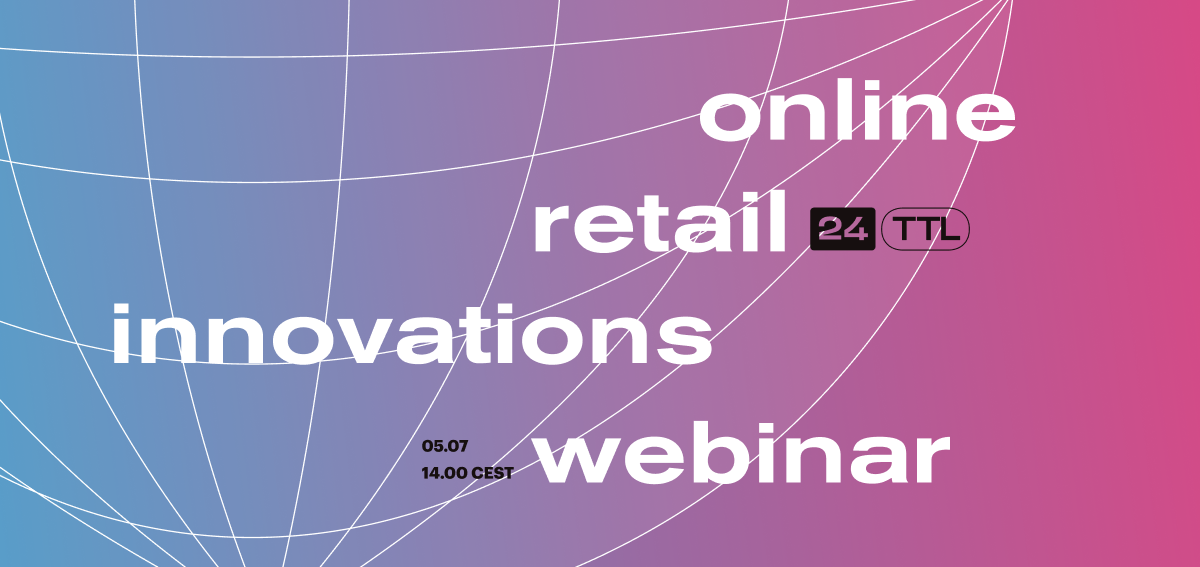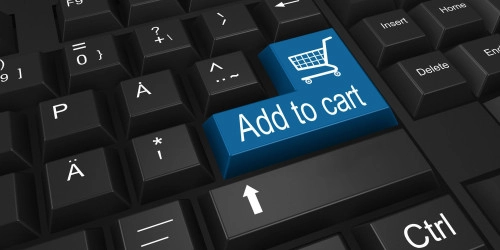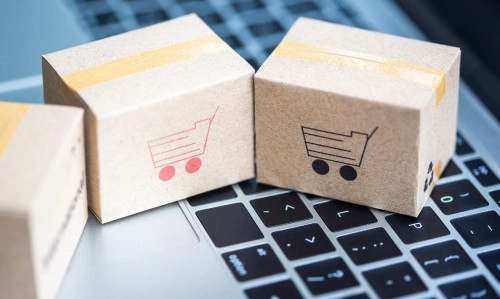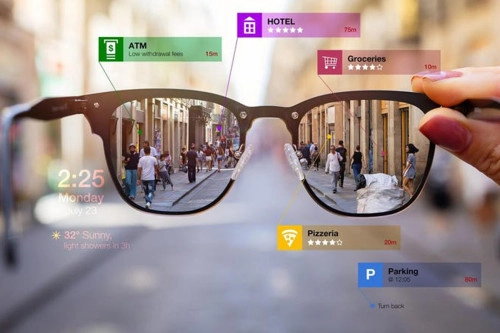
We all know how important it is to design your product detail page (also known as PDP) properly when selling online, making sure its content answers all of the client’s possible questions while presenting the product in an attractive, detailed way
In the early days of ecommerce, and until recently, sellers were content to publish the minimum of data as passed to them by manufacturers — online user behavior was still unknown. Now, with all we’ve learned about the factors that persuade customers when they shop online and even in physical stores, we know that to give basic information alone is not enough.
In 24TTL, our goal is to explain why online shopping has to be more than just a mere digital transaction, it’s in the brand’s interest to create a shopping experience that lasts and that gives the customer a clear idea of the brand’s world. All of this thanks to online merchandising.
What is a product detail page or PDP?
Simply put, it’s a page that shoppers see when they want detailed information on specific products on your site. Each product has its own page with complete and relevant details including photos, color and size options, price and sale information, return policies, customer reviews, and more.
These details go under the name product content, and it can be easily divided into two categories: essential content and complementary content. Essential content is the one that gives the customer an idea of the product you are selling. Down below you can see what a set of essential data that should appear on any e-commerce product page that aspires to perfection looks like:
- Product Name: clear, descriptive and complete.
- Brief description
- List of features
- Image gallery: complete, at high resolution, with product photos from different angles, demonstration photos, details
- Price
- Stock: availability online and/or at physical stores.
- Technical description: characteristics provided by the supplier, composition or official required information
- Variable data according to industry: such as, ingredients in food, chemical composition in cosmetics and pharmaceuticals, technical specifications in electronics, or sizing in fashion and footwear.
On the other hand, complementary product content goes a few steps further to expand on information and visual content by including:
- Customized description that’s longer and based on more emotional aspects
- Videos
- Extensive image galleries
- 360º photographs
- Graphic resources
- Downloadable material
- AR
Is it necessary to include both basic and complementary product content? That depends on your niche and product type. Still, adding improved content to a product card, catalog or website is always a good idea, especially when it comes to complex goods that involve a lot of specifications, such as tech products or popular product categories.
But remember: essential content is called just that because it must always be shown, regardless of how much you enhance the rest.
Objectives of enhanced content
1) Storytelling
It refers to something as simple as your content reflecting the characteristics of your brand through, you guessed right, a story. By adding more details about each product, you are defining its uses, intentions and distinctive character more clearly to the user. It is also a great way to highlight the USP of your product in a more emotional, yet original way.
2) Varied shopping experience
Not all customers shop in the same way: some need to compare technical data, others need to study the details of an image at high resolution. Providing varied content allows you to meet the expectations of many kinds of shoppers.
3) Greater visual appeal
Ecommerce relies on creating a strong visual impression. Rich content, apart from doing just that, it can inspire more confidence, as buyers will find more accurate and reliable information and resources which will be useful for their purchase decision-making. Apart from that, it can show product features in a clearer, more dynamic way.
4) Adding value to stand out from the competition
Improved content is crucial for making your brand stand out from the others in very competitive sectors, whether in the eyes of the user or in search engines and marketplaces. Don’t just copy manufacturer’s descriptions as you receive them nor repeat the same content across all your platforms without adapting it to the tone and style of your brand.
5) Improved positioning
SEO positioning is important. Create original and accurate product descriptions to have more chances of appearing among the first search results online and in marketplaces, and in longer descriptions you’ll be able to include keywords, boosting the organic traffic to your online store.
6) Increased sales
According to our own research, enhanced content boosts customers’ intention to purchase by 28%, increases content-marketing ROI by 34% and can reduce returns by 10%. Hansa, for example, increased conversion rates by 32% thanks to an enriched shopping experience.

What type of enhanced content should a PDP include?
Our advice is: try to include as much material as you can, just remember to check your product sheets frequently and adjust them to the actual needs of your customers by adding or removing different types of content accordingly.
To make sure your product page stands out, first check if it fits the following criteria
- Has aesthetic appeal
- Optimized UI/UX: make sure it is easy to use on desktop and mobile browsers
- Good page load speed: how quickly does the website and accompanying graphic or video content load?
- Is innovative: use new tools to present the product in an interesting and engaging way

Now that we know the criteria, below a list of the essential types of content we encourage you to include to make the most out of your PDP:
- High quality images: each product may need a different number of photos, but try to ensure all details are represented and include a zoom function and ideally a 360º view. Demonstrational images can also help — the buyer will appreciate seeing the product in action or in context, using models or real scenes
- Videos: Visual tours of the product, tutorials, spots, demos, testimonials, etc
- Comparative tables: Include the widest possible range of technical data, useful for the user to easily compare a range of products (e.g. radiators of different capacity and size).
- Visual graphics: to illustrate the product and the differences between various products.
- Frequently Asked Questions: get ahead of your shoppers’ common questions.
- Interactive content: Experience is becoming more and more personalized, and often users value the chance to ‘play’ with the product to see how it varies according to color changes or how it can be visualized in a room using augmented reality. LG, for example, was able to achieve increase engagement by 26% on average thanks to AR.
- Convincing product descriptions: considering 76% of shoppers want to see specific product specifications, you’ll want to include descriptions and spec sheets (like a sizing chart) to answer questions, compare products, and help shoppers begin the buying process as quickly and easily as possible.
- Show customer ratings and social proof: the average shopper reads 10 customer reviews before buying something and if you don’t have them on your product pages, they may go to a third-party site to check them out. The issue is, they could get distracted and never come back to your site, so include customer reviews on your product pages so shoppers don’t have to go looking.
To know more in detail about how to improve your PDP’s, check out our solution 24STREAM or contact us via this link at any time of day and we will come back to you as soon as possible.















